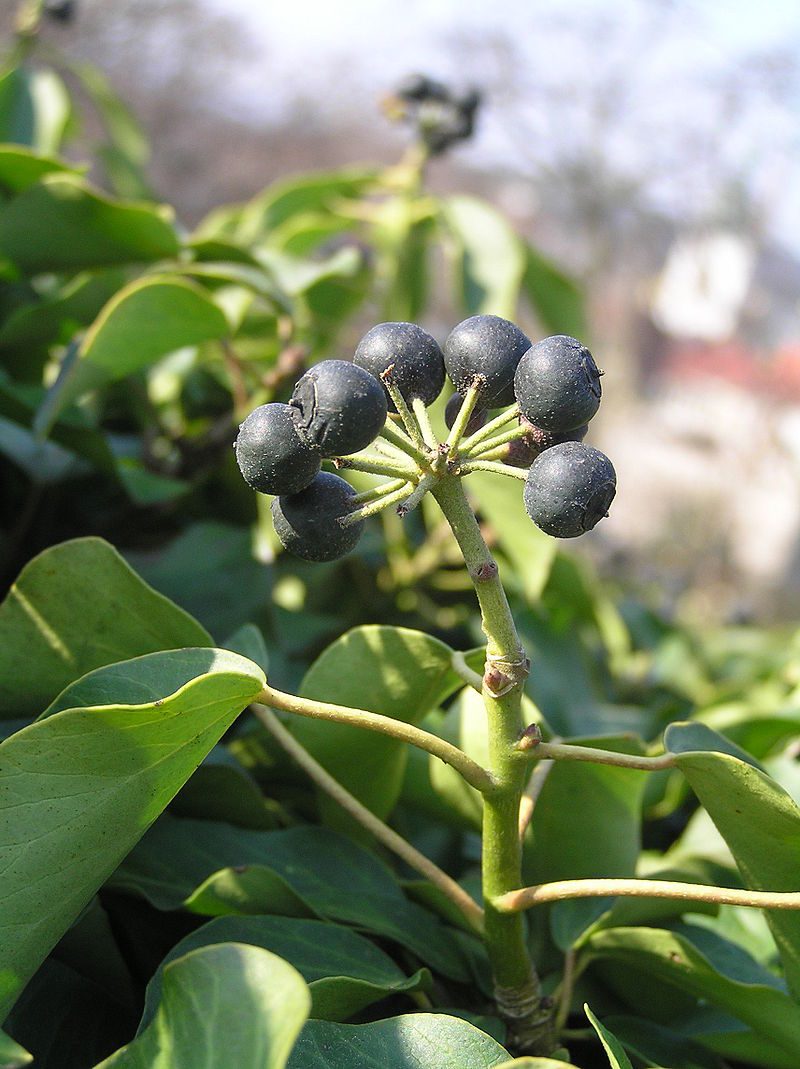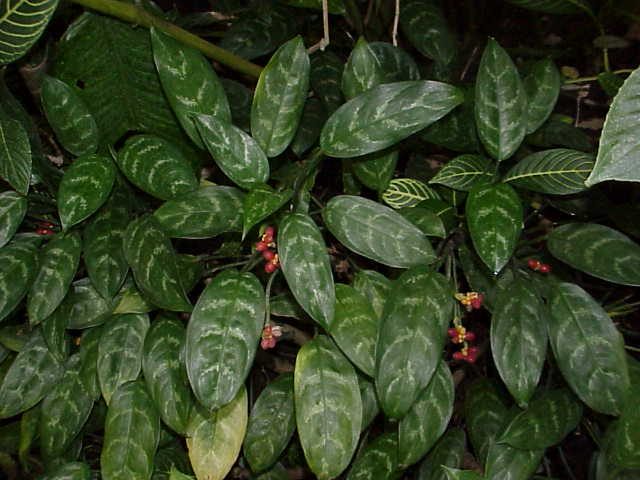NASA Found That These House Plants Eliminate Toxins From The Air

The NASA Clean Air Study was a project tasked with researching different ways that the air in space stations can be cleaned. The project resulted in some incredible discoveries, including the fact that certain common indoor plants can also remove toxins from the air. Below are some of the plants that were found to clean the air. The study indicated that it is best to have at least one plant every 100 square feet for the best results.
The study also indicated that efficient air cleaning is accomplished with at least one plant per 100 square feet.
A separate 2004 study suggested the microorganisms in the soil of a potted plant also have detoxifying properties.
Below are some of the best plants for detoxifying the air.
Azaleas
 Azalea Festival at Nezu Jinja. Photo Credit: PeachBird, Wikimedia Commons
Azalea Festival at Nezu Jinja. Photo Credit: PeachBird, Wikimedia Commons
Azaleas are flowering shrubs that bloom in the spring and thrive in the shade. Oddly enough, the azalea plant is also highly toxic, even though it cleans the air. The plant’s leaves and nectar both contain andromedotoxins.
English Ivy
 Hedera helix, Choceň, Czech Republic. Photo Credit: Wikipedia
Hedera helix, Choceň, Czech Republic. Photo Credit: Wikipedia
Hedera helix, or more commonly known as English ivy, or European ivy, is the famous vine that clings to surfaces and is difficult for gardeners to get rid of. According to the NASA study, this plant species removes benzene, formaldehyde, trichloroethylene, xylene, and toluene from the air. However, it is important to note that this can be toxic to cats and dogs.
Peace Lily (Spathiphyllum)
 Peace Lily: JJ Harrison
Peace Lily: JJ Harrison
Peace Lily’s can achieve the incredible feat of removing mold spores from the air. However, it is good to know that you should still eliminate the source of the mold first, if you do have a mold problem in your home. Peace Lilys are also harmful to cats and dogs if ingested. The plants can also eliminate benzene, formaldehyde, trichloroethylene, ammonia xylene, and toluene from the air.
Chinese Evergreen (Aglaonema)
 Chinese Evergreen Photo Credit: Kurt Stüber Wikipedia
Chinese Evergreen Photo Credit: Kurt Stüber Wikipedia
Chinese Evergreen has been proven to remove benzene and formaldehyde from the air, but can be harmful to animals. This species has been grown as luck-bringing ornamental plants in Asia for centuries.
Aloe Vera
 Aloe Vera. Photo Credit: Wikimedia
Aloe Vera. Photo Credit: Wikimedia
In addition to filtering toxins from the air, Aloe Vera is also one of the most useful and medicinal plants in the world. It is found in many consumer products including beverages, skin lotion, cosmetics, or ointments for minor burns and sunburns.
Pelargonium
 Photo Credit: Andrew Massyn Wikipedia
Photo Credit: Andrew Massyn Wikipedia
This flower cleans the air, but it also removes unwanted odors, kills bacteria and it works to keep certain insects away.
Spider Plant
 Photo: Wikimedia Commons
Photo: Wikimedia Commons
Spider plants are especially good at filtering out carbon monoxide, and go great in a kitchen. The spider plant is also known as airplane plant, St. Bernard’s lily, spider ivy, ribbon plant
Rubber Plant (Ficus Elastica)
 leaves of Ficus elastica. Photo Credit: Wikipedia
leaves of Ficus elastica. Photo Credit: Wikipedia
This plant can eliminate a variety of toxins from the air, and is especially effective with formaldehyde, which is unfortunately common in many products.
Snake Plant (Sansevieria Trifasciata)
 Photo: Wikimedia Commons
Photo: Wikimedia Commons
The Snake Plant is native to West Africa from Nigeria east to the Congo. This species absorbs carbon dioxide and releases oxygen. It also filters out any formaldehyde that might be in the air.